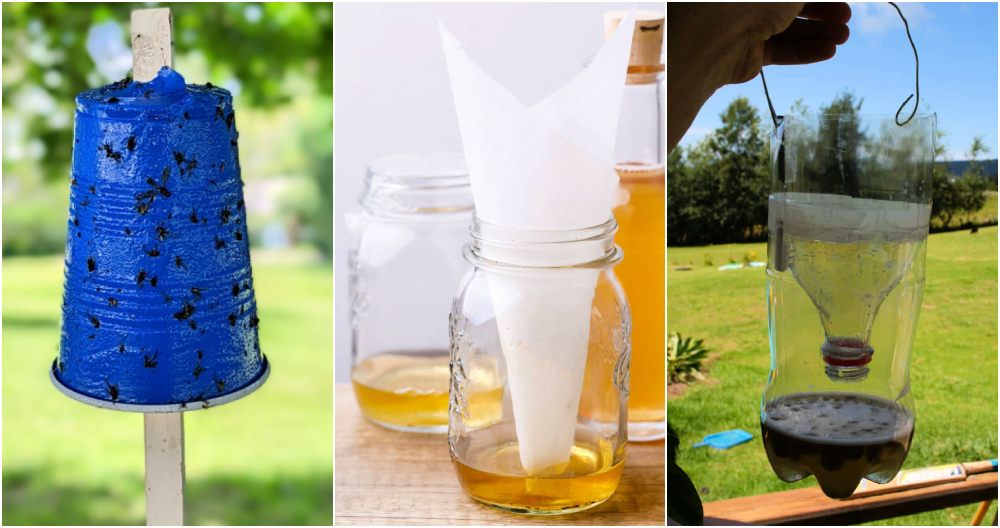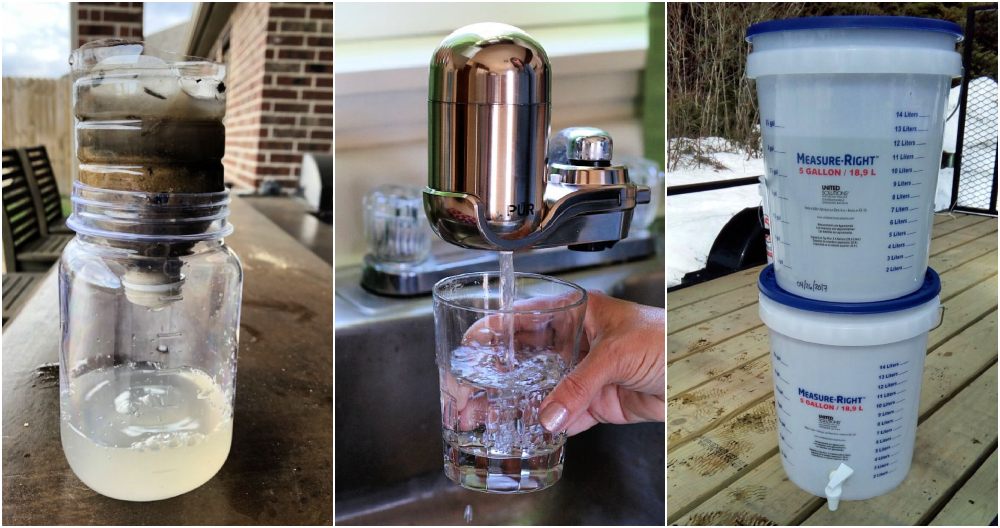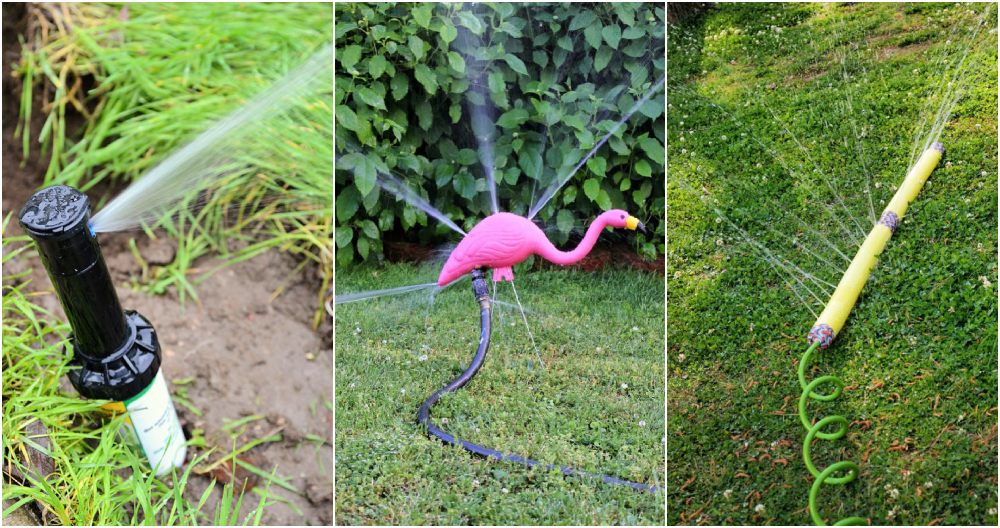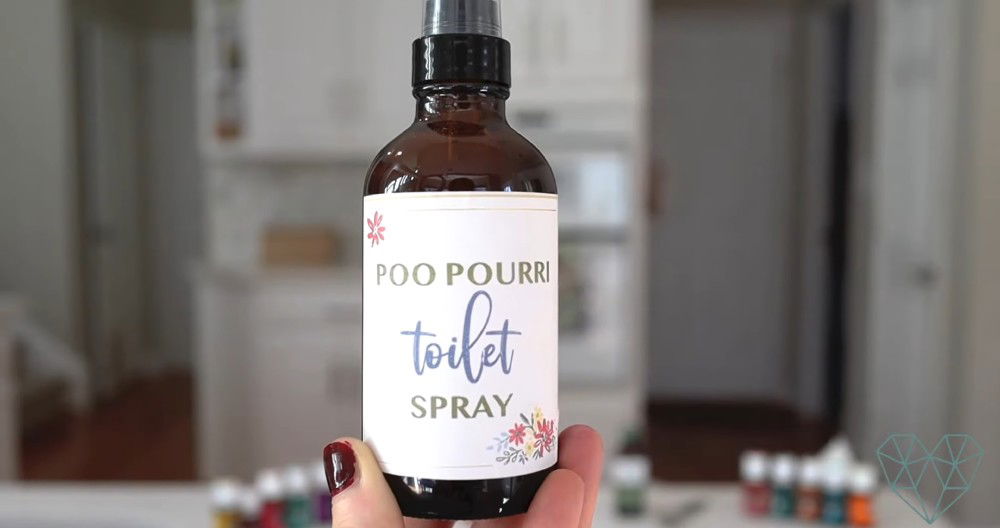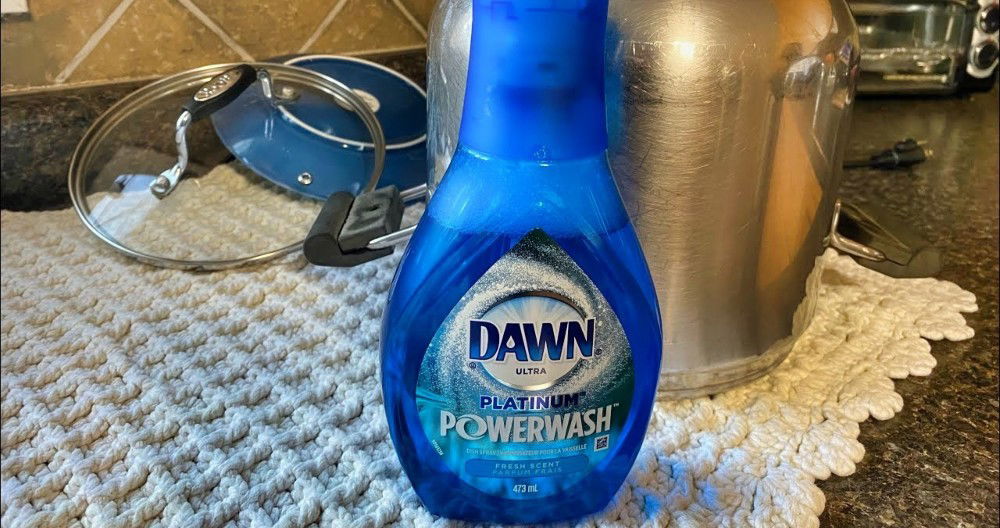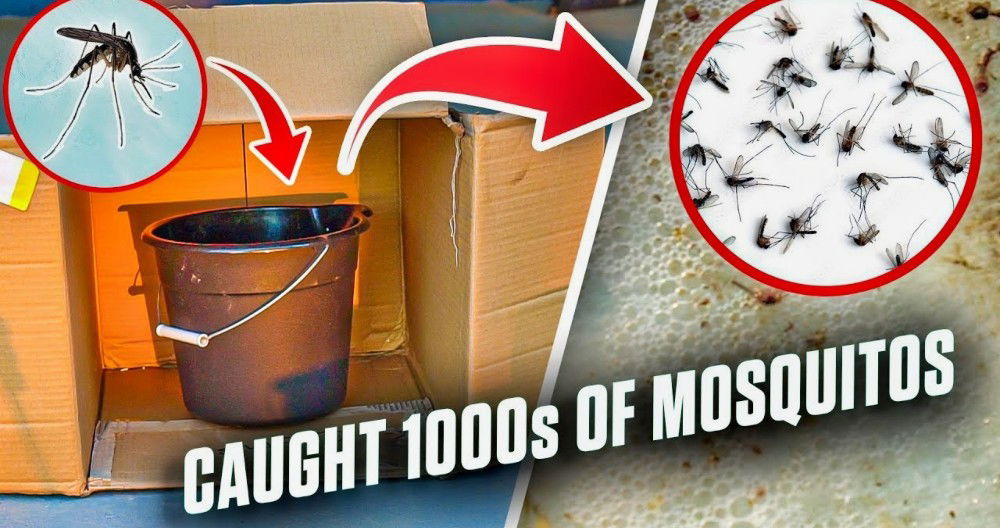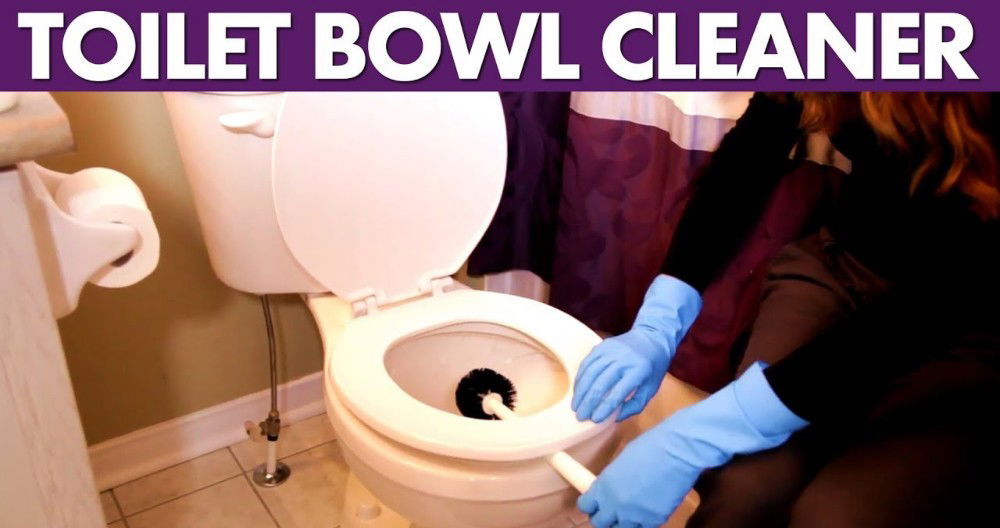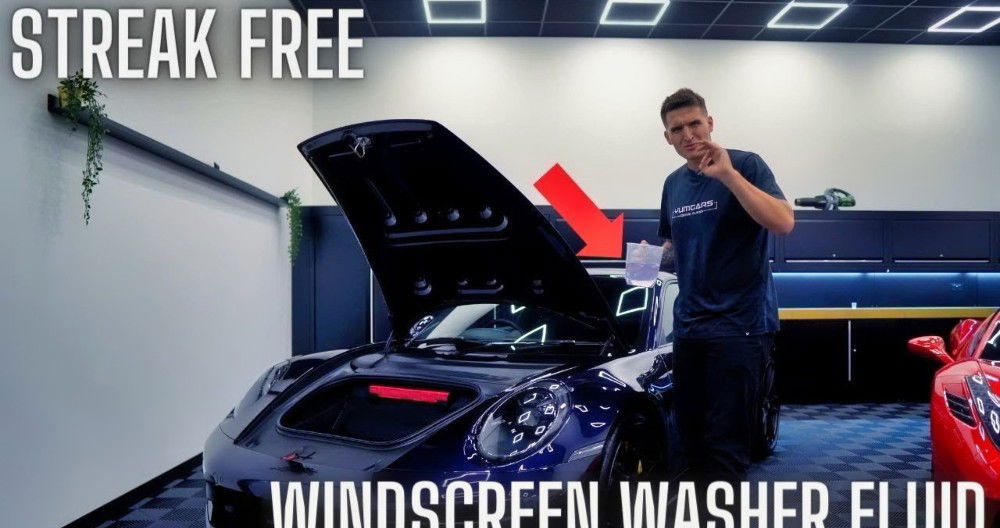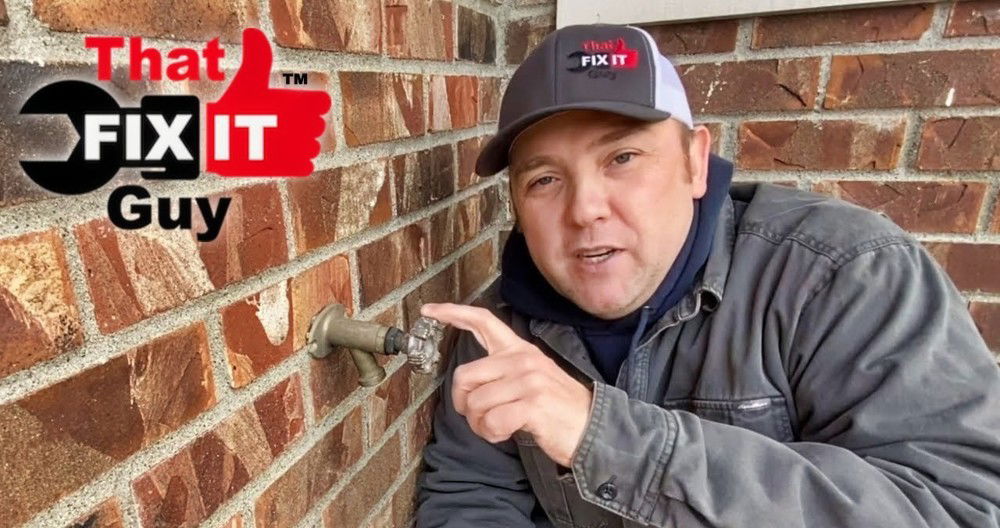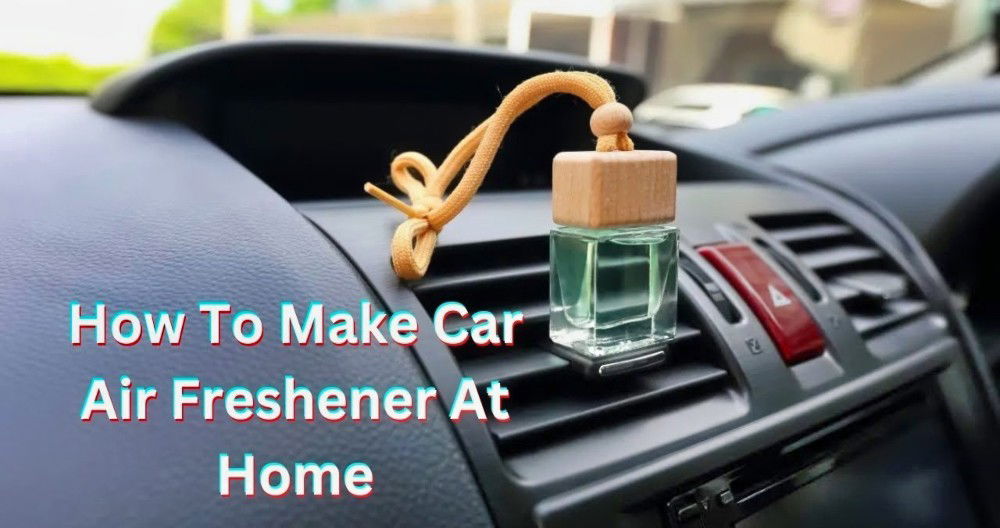In the quest to maintain my car in top-notch condition, tackling cloudy headlights became my next DIY adventure. Polluted by rumors and hacks online, I decided to roll up my sleeves and test two popular household items for headlight restoration: WD-40 and toothpaste. Yes, you read that correctly. And while the process might seem a bit unconventional, my curiosity was piqued. Could these everyday items restore my car's headlights to their former glory? Here’s what I found out.
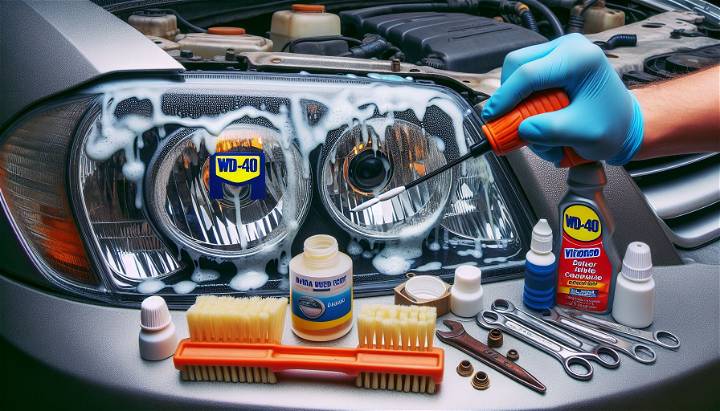
Initial Thoughts and Preparations
Before diving into my experiment, I was skeptical. After all, these products weren't designed for automotive restoration. But considering the convenience and potential cost savings, it was worth a shot. Armed with WD-40, toothpaste, a drill with a polishing pad, fine steel wool, and a bit of elbow grease, I embarked on my experiment.
Here’s the catch, I believe in a methodical approach. So, I divided my headlight into sections to test each method individually, including control sections for comparison.
Testing WD-40
Why WD-40?
WD-40 is known for its lubricating properties and its ability to remove grime. My reasoning was if it could clean effectively, perhaps it could cut through the haze on my headlights.
The Process
- Direct Application: I sprayed WD-40 directly onto the headlight and wiped vigorously with a clean rag. My immediate observation was a cleaner surface, but the haze remained largely unchanged.
- Using a Polishing Pad: Next, I applied WD-40 on a different section and went over it with a polishing pad attached to a drill. This step showed a slight improvement but didn’t hold much promise in terms of clarity.
- Experimenting with Steel Wool: For science and out of sheer curiosity, I tried fine steel wool on another section, causing more harm than good. The headlight ended up with tiny scratches, making it look worse.
The Verdict
After washing off the WD-40 and allowing the headlight to dry, the results were underwhelming. The sections treated with both direct application and the polishing pad showed minimal improvement, while the steel wool area looked worse. My take? WD-40 might make your headlight look a bit cleaner temporarily but does little to restore clarity.
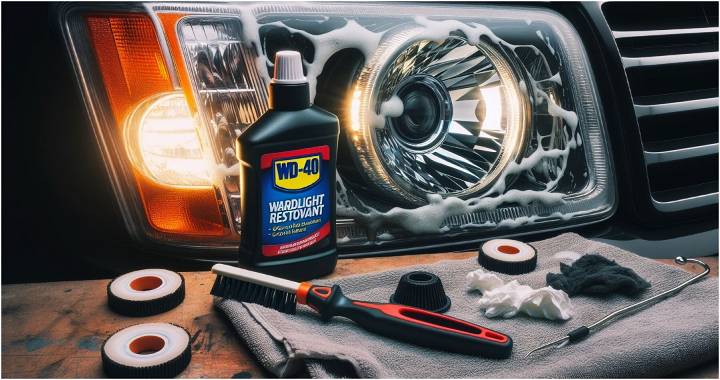
Testing Toothpaste
Why Toothpaste?
Toothpaste, especially those with baking soda, are mildly abrasive. The logic? Maybe it could polish away the oxidation, similar to a mild sanding effect.
The Process
- Hand Application: I applied a generous amount of toothpaste on a rag and rubbed it onto a section of the headlight. The toothpaste seemed to remove some grime, as evidenced by the discoloration on the rag.
- Drill and Polishing Pad: Applying toothpaste to the pad, I went over another section with the drill. Despite the mess, this method showed a slight, albeit negligible, improvement in clarity.
The Verdict
After thorough washing, the toothpaste-treated sections revealed disappointing results. The difference before and after was barely noticeable. While it seemed promising during the application, the final outcome suggested that toothpaste might not be the headlight restoration solution many online hacks make it out to be.
Video Guide
Watch how to restore headlights with WD-40 & toothpaste in this step-by-step video guide. Watch now to see the tested hacks for visual presentations.
Certainly! Here’s the updated FAQ section without hyperlinks:
FAQs about DIY Headlight Restoration with WD-40 and Toothpaste
Find answers to common DIY headlight restoration questions in this comprehensive guide.
Why should I use WD-40 and toothpaste for headlight restoration?
WD-40 can help clean off grime and restore some clarity to your headlights. Toothpaste, especially the gritty kind, can act as a mild abrasive to polish and remove haze from the headlight surface.
How long does this restoration last?
The effects of WD-40 are temporary and may require reapplication after a few weeks. Toothpaste polishing may last longer but also depends on environmental conditions.
Can these methods damage my headlights?
If used gently, these methods are unlikely to cause damage. However, excessive scrubbing or using too much abrasive can scratch the headlight surface.
Are there any precautions I should take?
Yes, avoid getting WD-40 on car paint and make sure not to scratch the headlight with abrasive materials. Always test on a small area first.
What are the alternatives if these methods don’t work?
Professional headlight restoration kits are available that may offer longer-lasting results. If the damage is severe, replacing the headlight may be the best option.
Is there a correct way to apply toothpaste for headlight restoration?
Yes, dampen a cloth with water, add a small dab of toothpaste, and begin rubbing the headlight firmly in a circular pattern. Keep adding toothpaste as needed to cover the headlight completely. Then, use a toothbrush for more precise scrubbing.
What other household items can be used for headlight restoration?
Apart from WD-40 and toothpaste, items like petroleum jelly and olive oil can be used as a quick DIY fix. Petroleum jelly fills in scratches and protects against fogging until washed away by rain. Olive oil can also be applied to the headlights for a temporary defogging effect.
How often should I clean my headlights?
It’s recommended to check your headlights for fogginess every 1–2 weeks after cleaning them with WD-40, as it is only a temporary fix. Regular maintenance ensures optimal visibility and safety.
Remember, while WD-40 and toothpaste can provide a quick fix, they are not permanent solutions. For lasting results, consider professional products or services. Always follow the manufacturer’s instructions and safety guidelines when performing any form of maintenance on your vehicle.
Final Thoughts
My experiment with WD-40 and toothpaste was a journey of hope, curiosity, and ultimate realization. While both items have their place in the household (and garage), headlight restoration isn’t one of them. My headlights remained cloudy, with minimal improvement. Not to mention, neither solution provides UV protection, an essential feature in preventing future oxidation.
For those considering this route, I’d recommend investing in a proper headlight restoration kit. They're designed specifically for this purpose, including clear instructions and UV protection measures to prolong clarity. Remember, driving with impaired headlights is not only dangerous for you but for others on the road as well. Safety should always be a priority.
As for WD-40 and toothpaste, they'll remain in my toolbox and bathroom, respectively, for their intended uses. Sometimes, it's best to use products as designed, and for headlight restoration, specialty kits are the way to go. Stay safe on the roads, and ensure your headlights are as clear as your path ahead.



